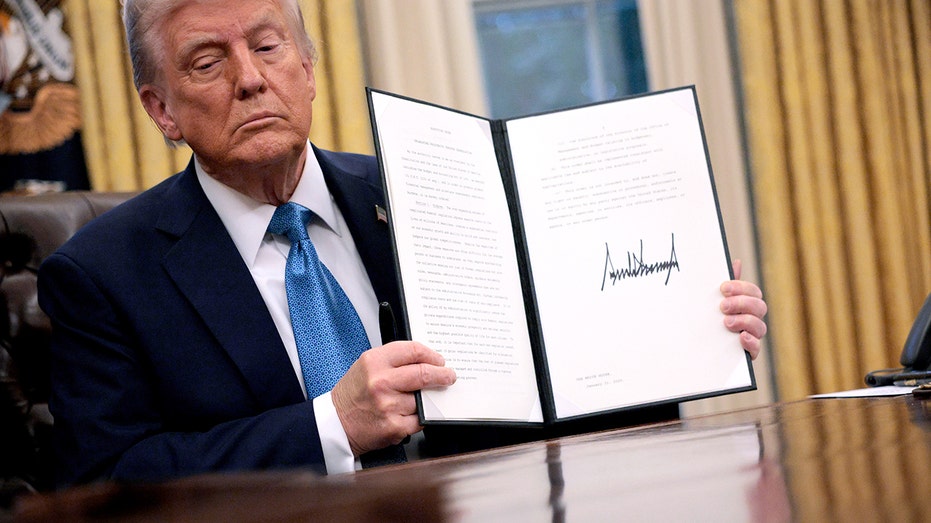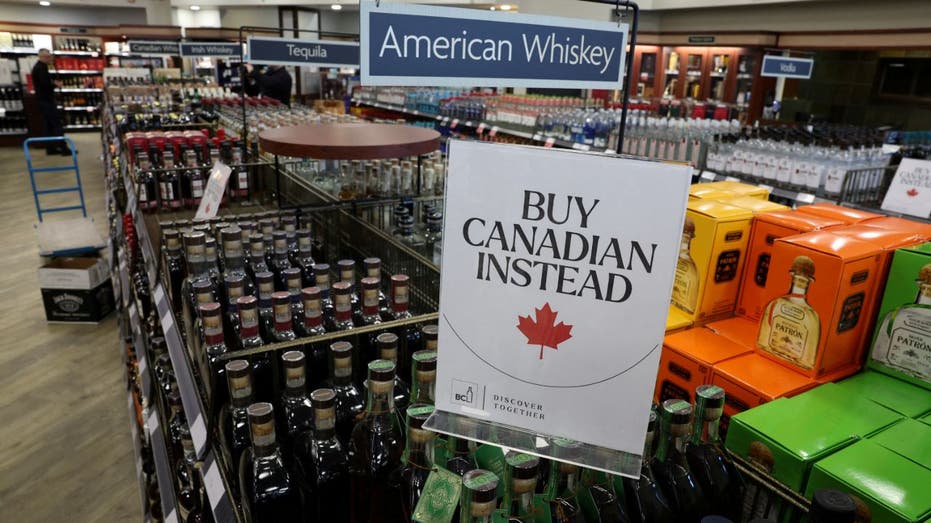What Are Tariffs, How Do They Work And Who Pays For Them?

President Donald Trump's moves to impose or threaten higher tariffs on countries like China, Canada and Mexico – America's three largest trading partners – have prompted questions about what tariffs are and how they impact consumers.
Trump signed executive orders last weekend to impose 25% tariffs on imports from Canada and Mexico, with a lower 10% tariff rate applied to Canadian energy products. Those tariffs were delayed for at least one month after Canada and Mexico announced measures to counter drug smuggling and illegal immigration along their borders with the U.S.
He also increased tariffs on goods imported from China by 10% across-the-board. Those tariffs took effect on Feb. 4, and the Chinese government announced retaliatory tariffs on certain U.S. energy exports and took other punitive measures, including an antitrust probe of Google and restrictions on exports of rare earth minerals.
Tariffs are taxes levied on imported goods and services. While they historically played a more significant role in contributing to federal tax revenue, developed countries have moved away from relying on tariffs as a main source of funding and have shifted to other forms of taxes – such as income, payroll or sales taxes.
WHAT'S HAPPENING WITH TRUMP'S TARIFFS ON CHINA, CANADA AND MEXICO?
President Donald Trump raised tariffs on Canada and Mexico, as well as Canada, which he cited as a response to fentanyl flows from those countries into the U.S. (Photo by Chip Somodevilla/Getty Images / Getty Images)
After the end of World War II, the global trading system moved to a rules-based format for tariffs that was initially established under the General Agreement on Tariffs and Taxes (GATT) in 1947, which later became part of the World Trade Organization (WTO) in 1995, the Congressional Research Service said.
The system established by GATT and the WTO created rules governing how countries can use tariffs on trading partners, as well as to settle disputes and prevent trade wars – which occur when countries enter a cycle of imposing retaliatory tariffs on each other.
It has contributed to a decline in global tariff rates as well as expanding markets for U.S. exporters. As the CRS noted, U.S. exports have increased by more than 160% adjusted for inflation since the WTO's establishment.
VOTERS REJECT TRUMP'S TARIFF PUSH; MOST BELIEVE POLICY WILL HURT ECONOMY

A sign that reads ''Buy Canadian Instead'' is displayed on top of bottles, hanging near another sign that reads "American Whiskey" following Trump's announcement of tariffs on Canadian goods. (REUTERS/Chris Helgren / Reuters)
Who pays for tariffs?
Companies that import products that are covered by a tariff pay for the tariff when those goods enter the importer's country.
In the U.S., tariffs are collected by the Customs and Border Protection (CBP) agency, which is a subagency of the Department of Homeland Security. Trump has proposed creating an "External Revenue Service" that would be responsible for collecting tariffs, though it's unclear whether that plan will move forward.
Tariffs increase the price of a product to the importing company, which then has to decide whether to increase the prices paid by consumers to maintain their profit margins, or to keep prices relatively constant and absorb the tariff's cost in its bottom line.
In some cases, the exporting company may look to maintain its market share by lowering its prices to help importers deal with the tariff's cost – though their willingness to do that depends on demand for the product that's subject to the tariff.

Canada announced border security measures that prompted Trump to delay his tariffs on Canadian goods for at least one month. (Kamara Morozuk/Bloomberg via Getty Images / Getty Images)
TRUMP'S TARIFFS PROMPT WARNINGS FROM TRADE GROUPS
"It really depends on the price sensitivity of the product," Brandon Parsons, an economist at Pepperdine University's Graziadio Business School, told FOX Business in an interview.
"For a producer that has a lot of leverage – consumers really want to purchase their product and there is inelastic demand, like for example, the iPhone – they're able to just increase the price and consumers are going to still pay for it, and the iPhone holds its market share," Parsons said.
GET FOX BUSINESS ON THE GO BY CLICKING HERE
"Other products where consumers are more price sensitive and there's a lot of substitutes, there's a lot of competition, then it could be in that case that producers are just going to reduce their margins. So they'll keep prices the same so they're not losing market share, losing demand, but just eating a little bit as it relates to their margins, so their overall profitability goes down," he added.


